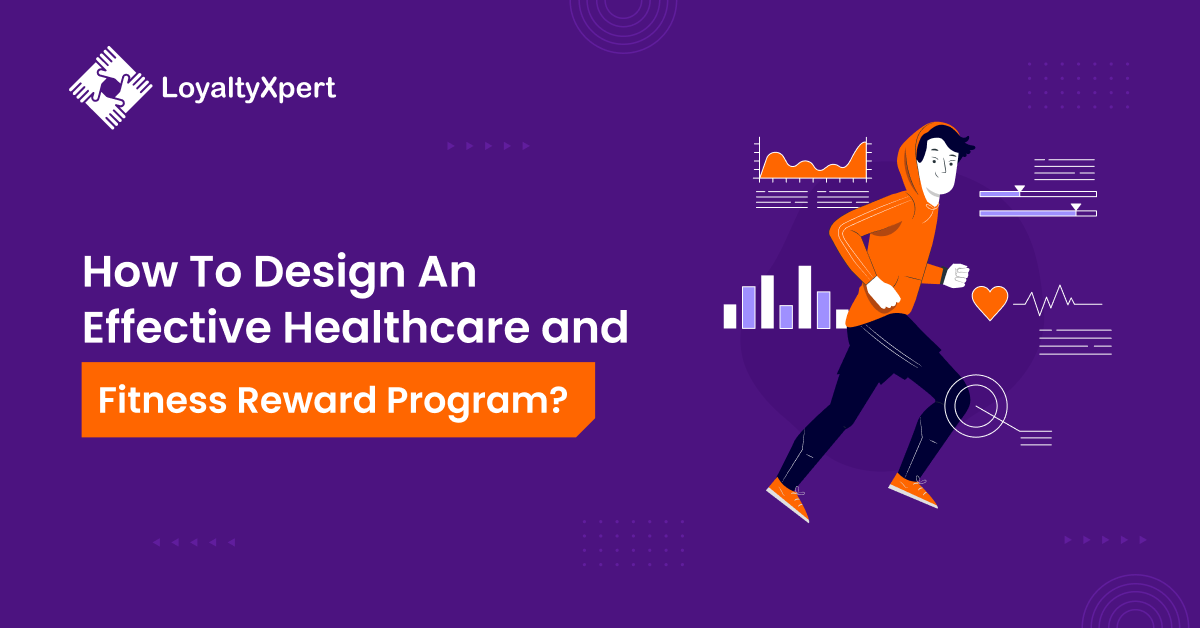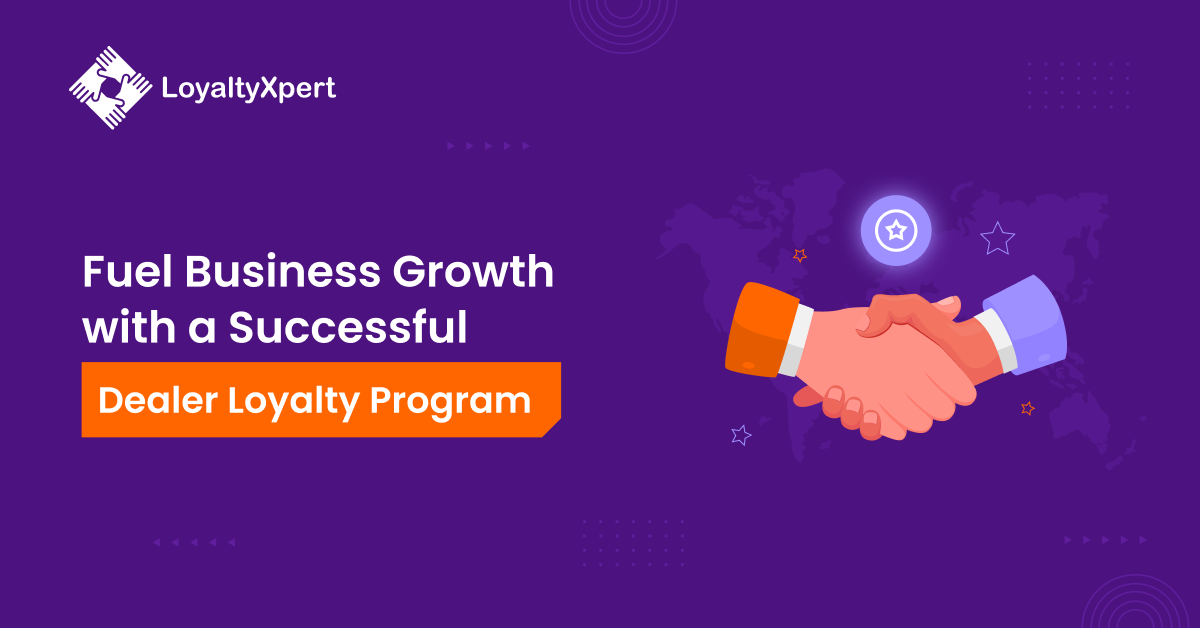
8 Points To Consider For Developing Ideal Loyalty Programs
Author
admin
Published on:
Aug 5, 2021
Table of Content
See How Our Loyalty Program Can Help You.
Let us guide you through our product features with Loyalty Experts
Buying behaviors have drastically changed due to the coronavirus pandemic. Options offered as temporary fixes have turned into permanent services. Several firms have fine-tuned their business models to fulfill new needs. SMBs have adopted the latest technologies to offer a more engaging digital experience. And this CX is helping them in building customer loyalty.
As a business owner, you are considering exploring the loyalty program path. Why not?
But first, you need to up the ante by ensuring an excellent digital experience.
It can help strengthen your brand attachment with consumers.
Feeling confused? No worries, let’s make it simple. Here are eight points that you should consider while developing your loyalty programs:
1. A quick look at types of loyalty
Do you know what expectancy theory is?
The anticipation of an incentive acts as a motivation factor for the action. It is the psychological basis of rewards. Brands offer incentives to motivate customers to buy more and create loyalty.
Loyalty can be of two types:
-
Rational loyalty
Rational loyalty is completely transaction-based. Shoppers buy something due to logical considerations. Such buyers appreciate external incentives or monetary-based benefits.
-
Emotional loyalty
Emotional loyalty goes beyond discounts and goodies. It is about making customers feel special, feel valued. Such loyalty creates a bond between businesses and buyers. It turns them into brand advocates.
Emotional loyalty is something that lasts beyond transactions.
2. Which types of loyalty programs are appreciated the most? Here are key points:
- Personalization, convenience, and customization are crucial ingredients in modern loyalty programs.
- Shoppers are interested in incentives like cash-back and discounts as a part of rewards programs. Thus, you can surely outshine competitors if you offer benefits that impact the consumer’s wallet.
- Consumers expect loyalty programs to offer more than one way to earn points.
- Every consumer wants to experience a sense of being valued. As a business, you can offer the same by going beyond discounts and points.
- Offering tailored promotions and allowing consumers to select their benefits adds to the feeling of being valued.
3. Personalized experience during interactions
Customer expectations were on the rise even before the arrival of the pandemic. When it comes to interactions, a lot has changed since the last decade. Consumers have a different set of expectations.
- Customers want associates to refer to them with their names during interactions.
- Buyers want product recommendations based on past purchases.
- Consumers are happy if brands use their data to understand personal preferences.
- Buyers need sophisticated digital experiences and robust loyalty programs.
- Consumers choose the brand that understands them better.
4. Customer experience and Loyalty
Customer experience remains crucial for loyalty programs as well. Consumers appreciate the easy redemption process. Details for earned points, cashback, etc., should be easily accessible. Difficulty in accessing information or the redemption process can deter consumers.
Remember, great experience results in loyalty. If the brand intends to strengthen the relationship with consumers, offering a superb experience at every touchpoint is non-negotiable.
5. Is premium loyalty as valuable as before?
In a traditional program, the customer earns rewards, points for making purchases. Then, they can encash these accumulated points. Premium loyalty programs take the game to the next level. Members need to pay a fee for enrolling in the program. They get access to exclusive products, rewards, and experiences.
Both programs are crucial parts of marketing. However, businesses consider premium loyalty members as four-time valuable than other consumers. Premium loyalty programs can turn more buyers into brand advocates. So, offering tailored offers to the best customers proves beneficial.
Customers willing to pay for premium-program often consistently buy from the business. Brands and retailers that run such loyalty initiatives report better profitability. Approach your customer base with the right kind of offerings to save their time and money. Offer a unique experience that your competition cannot match. That should do the trick.
[pafe-template id=”10457″]
6. The role of loyalty apps in delivering the right message
A considerable percentage of buyers prefer shopping from businesses that have a loyalty program. Shoppers also expect convenience stores to offer mobile-app-based loyalty initiatives.
There is no secret vaccine to make customers loyal to the brand. However, it would help if companies think and find ways to prove faithful to customers. Most importantly, how can the customer engagement factor continue during the timeframe between transactions?
Consumers do want digital freebies, contests, and sweepstakes. Delivering the right message at a perfect time and in the right place can help. Perhaps, this is where loyalty apps come into the picture.
Loyalty program apps should be used for customer experience and engagement. If consumers opt for alerts, let them receive targeted product recommendations, personal rewards. But, the app should not be used for bombarding product info. Let the consumers choose notification types they wish to receive.
7. App’s role in providing actionable data
First-party data can be divided into three types: calculated, declared, and observed. Declared data is the information submitted by consumers in forms. Transactional activities and online behavior help retrieve observed data. Lastly, analysis helps in getting calculated data in place.
Brands conduct customer surveys to get accurate, actionable data. It helps in updating customer personas. Apps can be an added advantage here.
LoyaltyXpert’s customer loyalty program can offer quantifiable data derived from customer responses. Algorithms turn the general information into measurable data that assists brands in providing value to the buyers.
8. Product experience significance
Gartner’s recently conducted study points out the significance of product experience. Out of the total respondents, 36 percent voted for product experience as a base for their loyalty. Interaction experience ranked second, with 20.4 percent. Put simply; rewards cannot be a substitute for product experience.
Conclusion:
Studies have proved that consumers are willing to shift to a different brand due to the unavailability of products. Thus, the year 2021 is all about customer retention for most businesses.
Your app-based loyalty program can ensure customers keep on coming back. Let our LoyaltyXpert professionals implement a loyalty program for you. You can win the game if you prove how different you are from the competition. Schedule a demo now.


